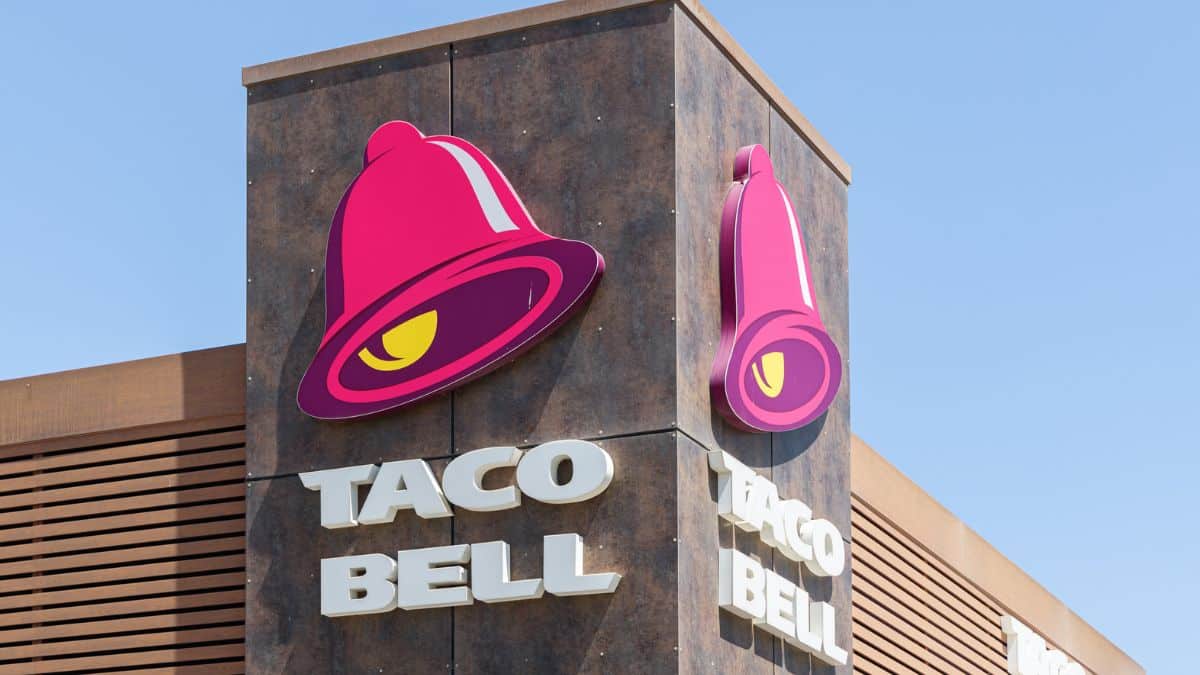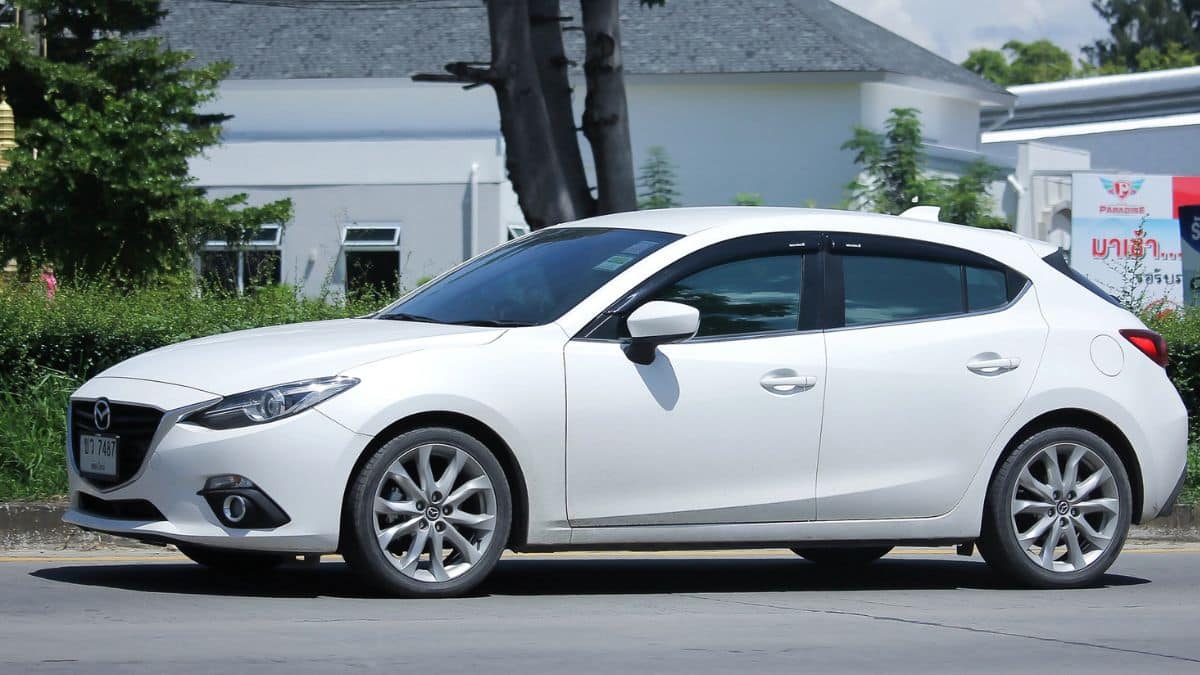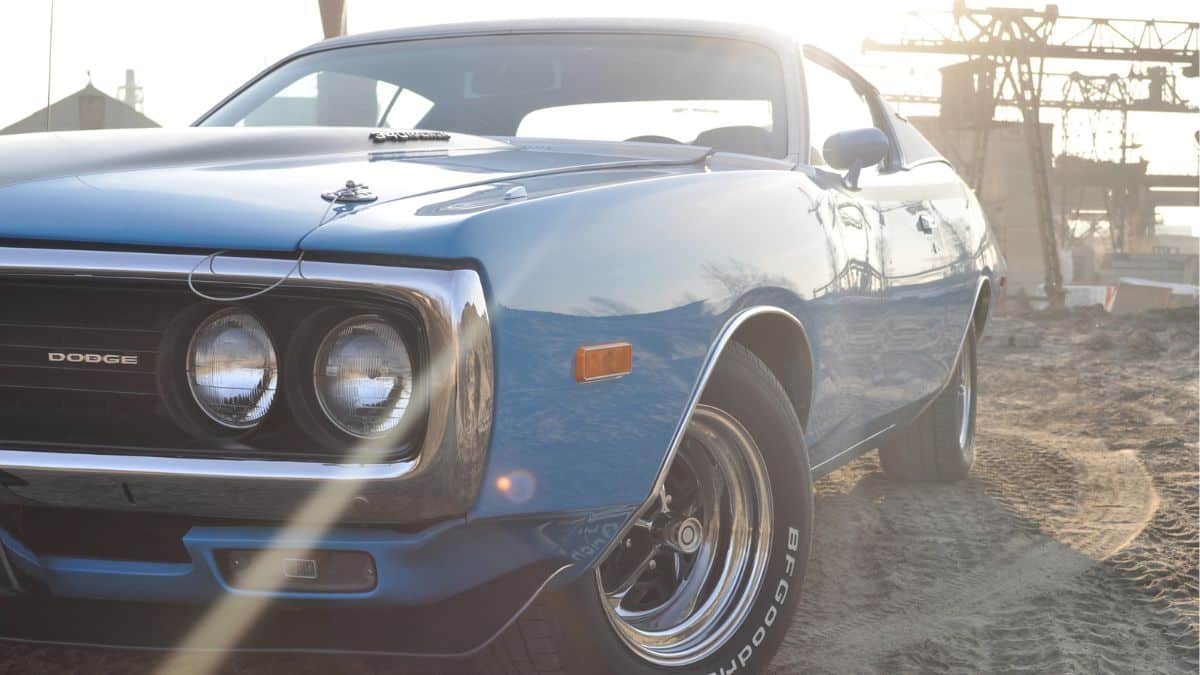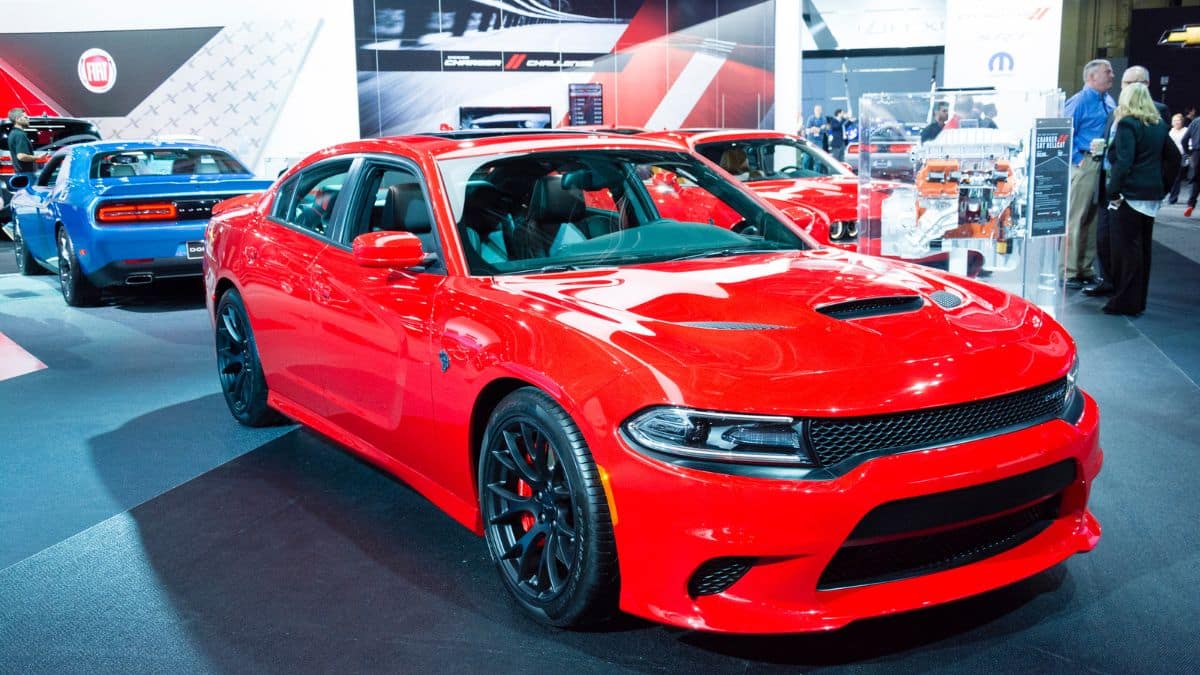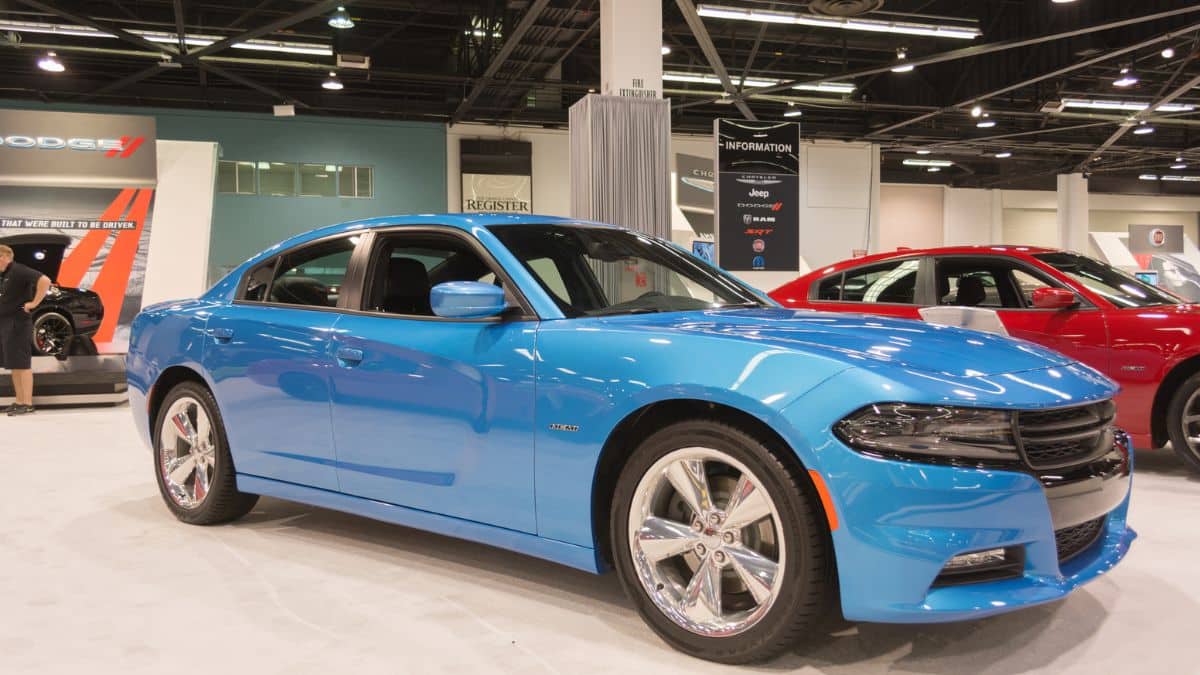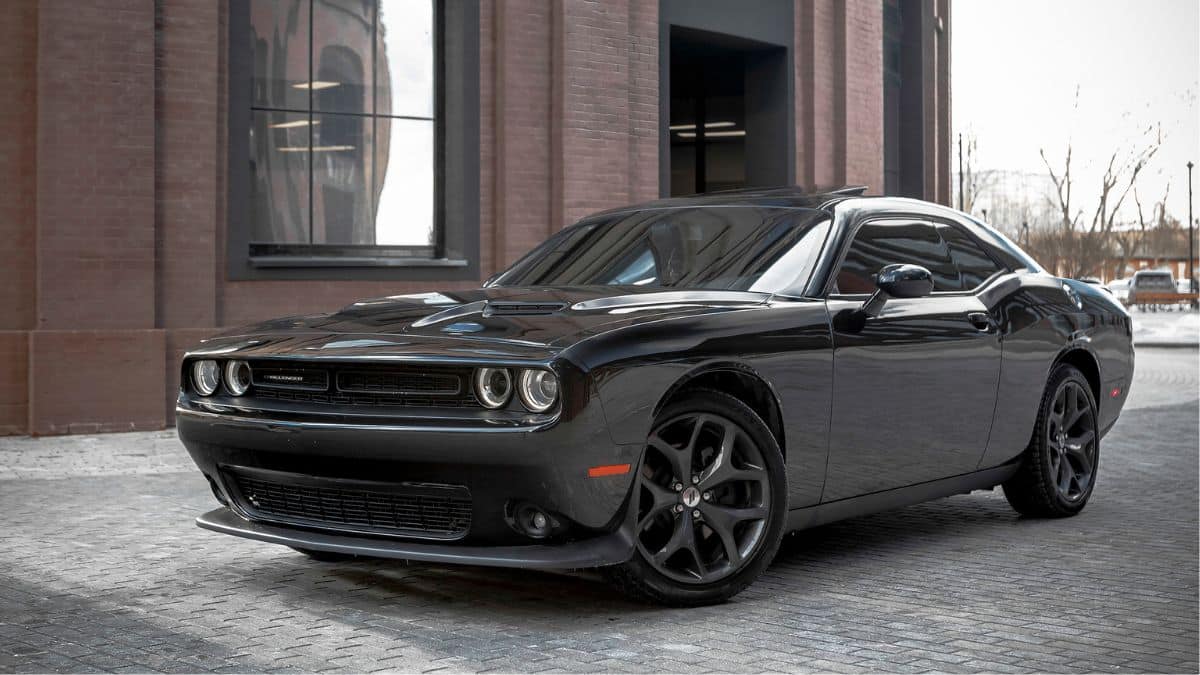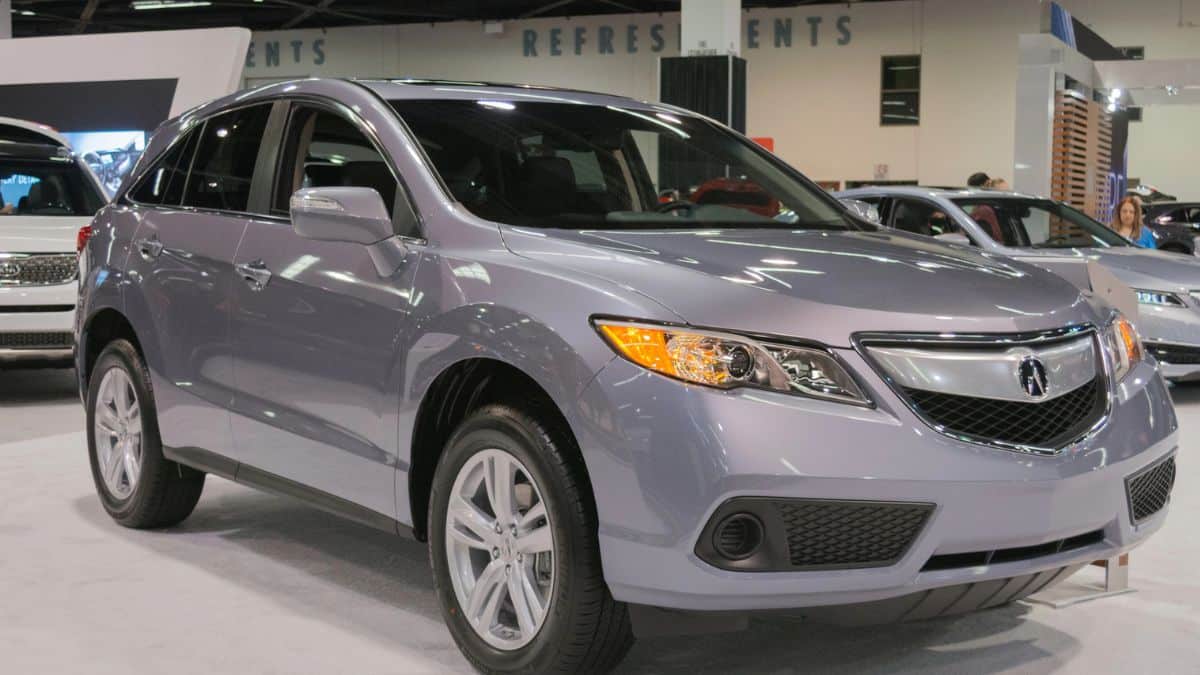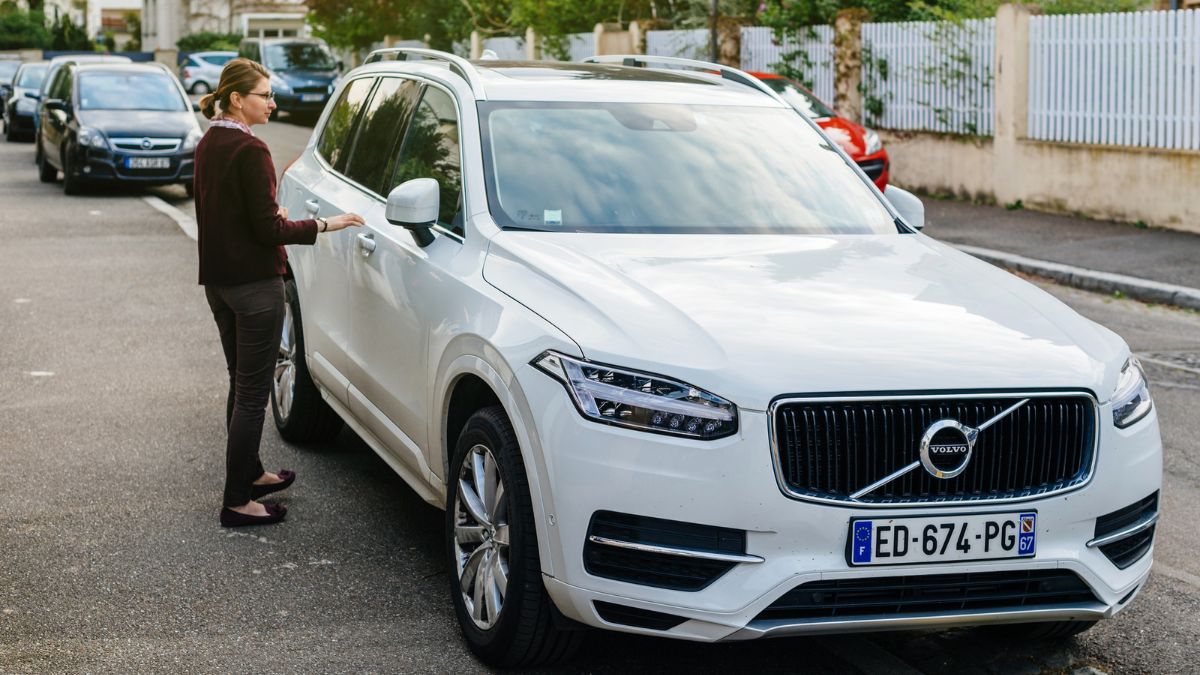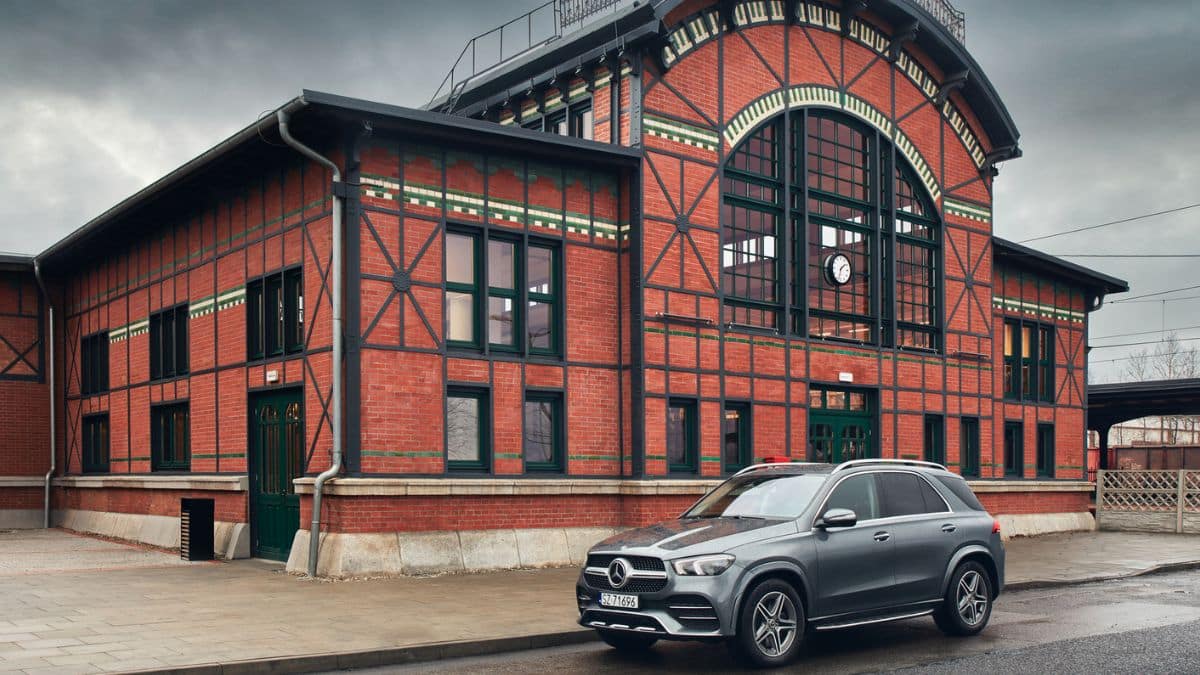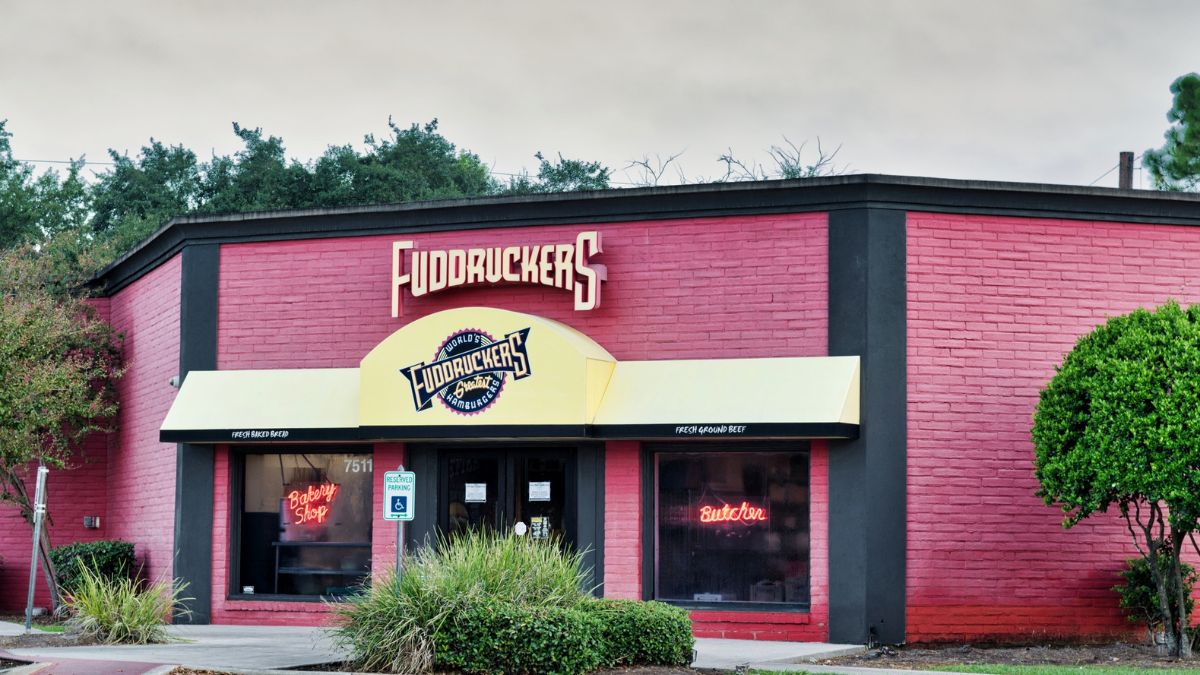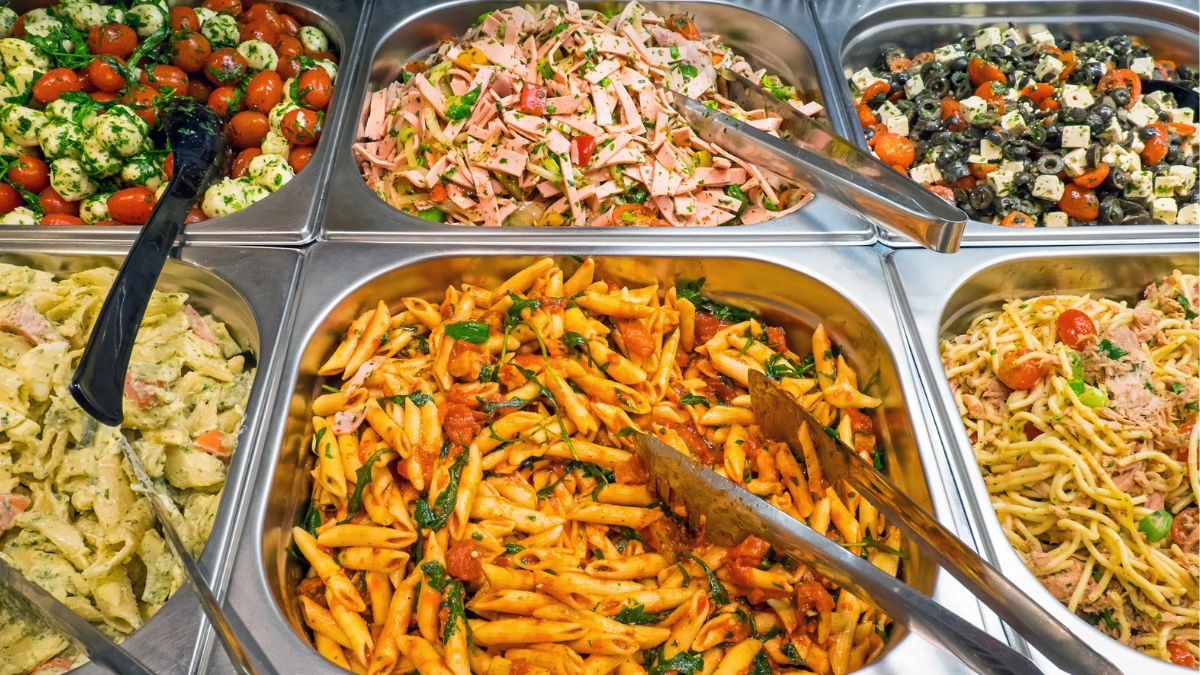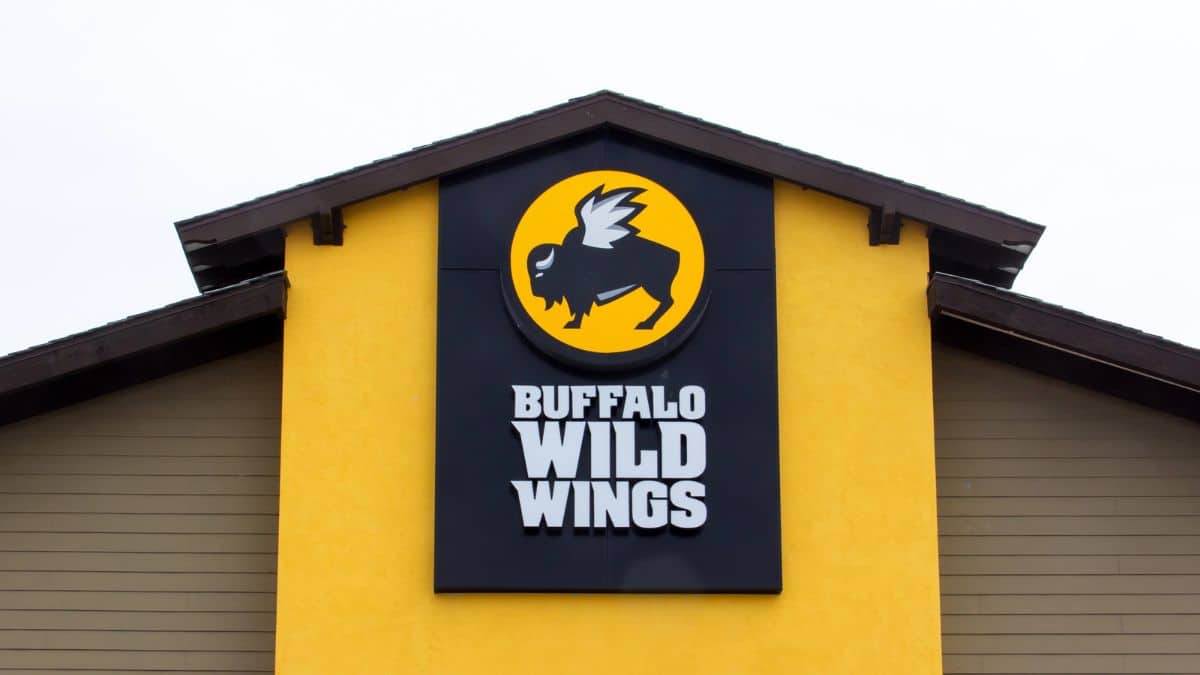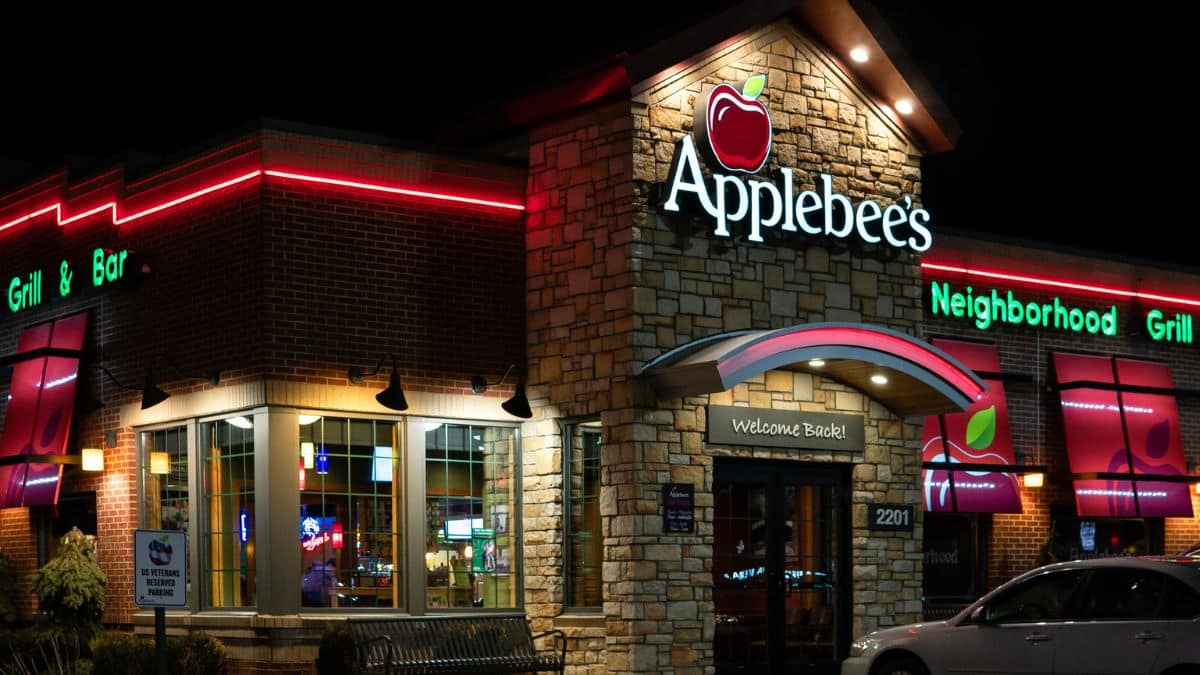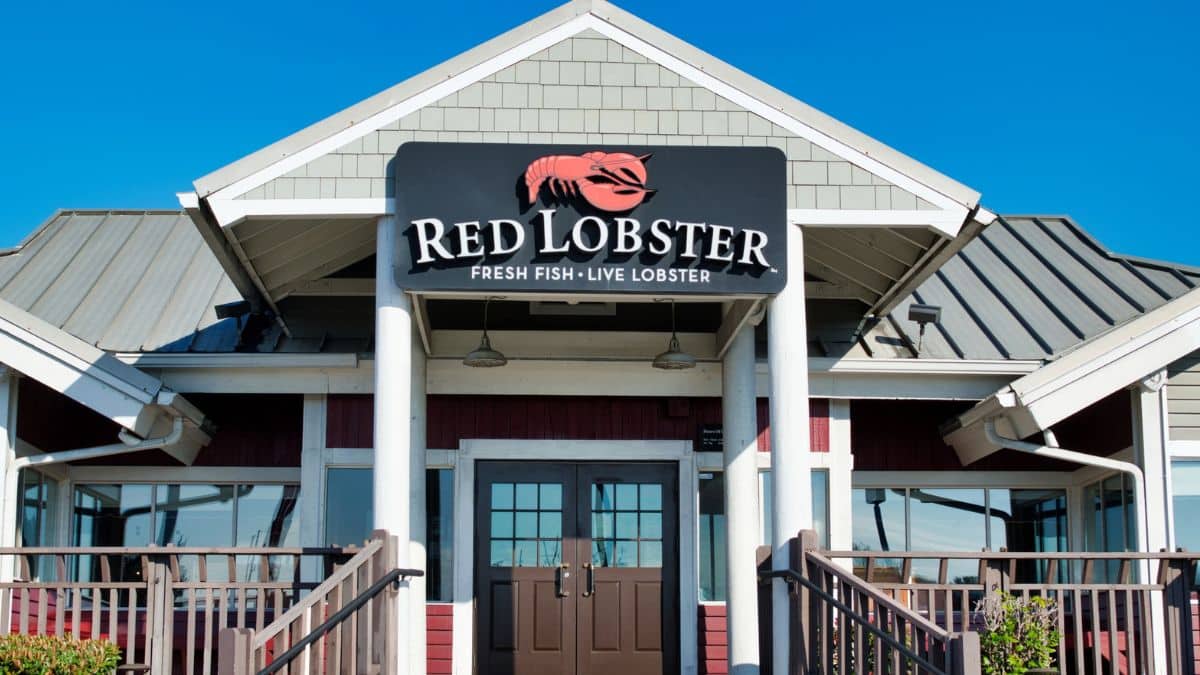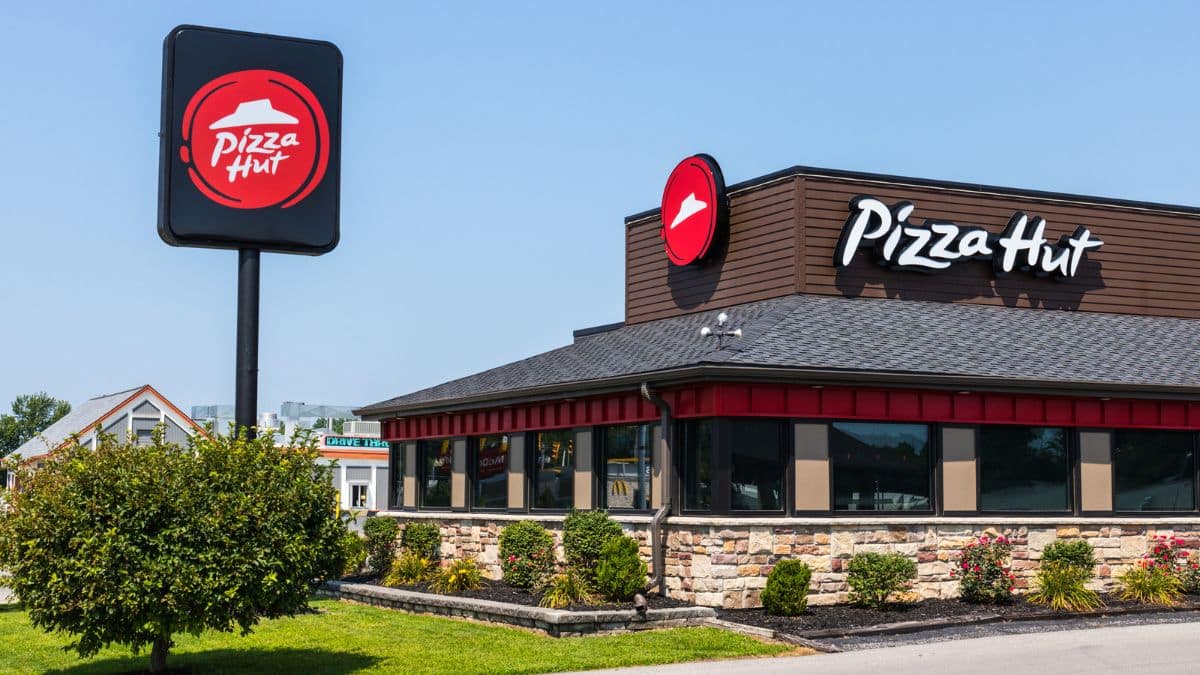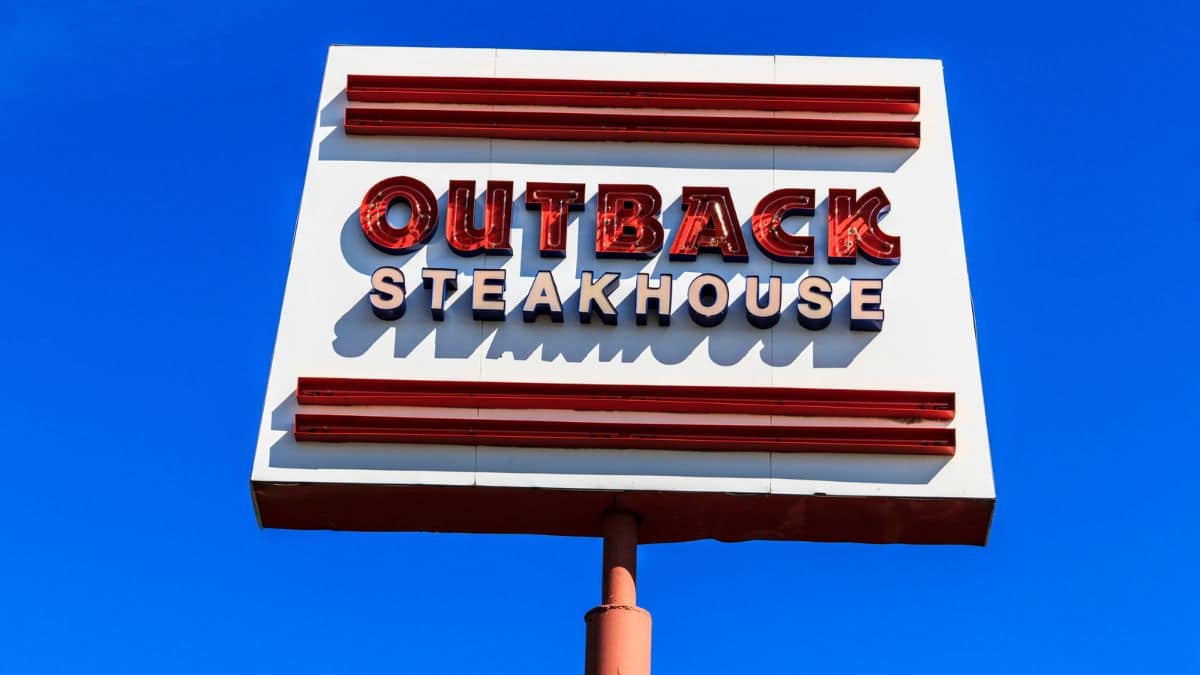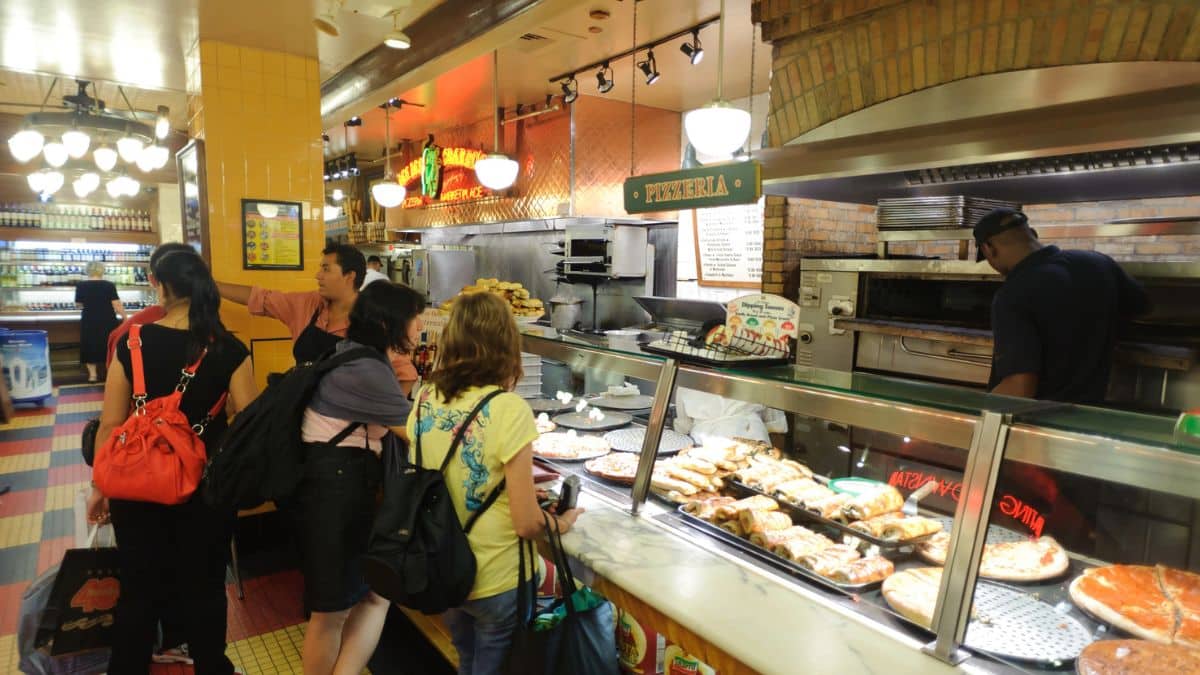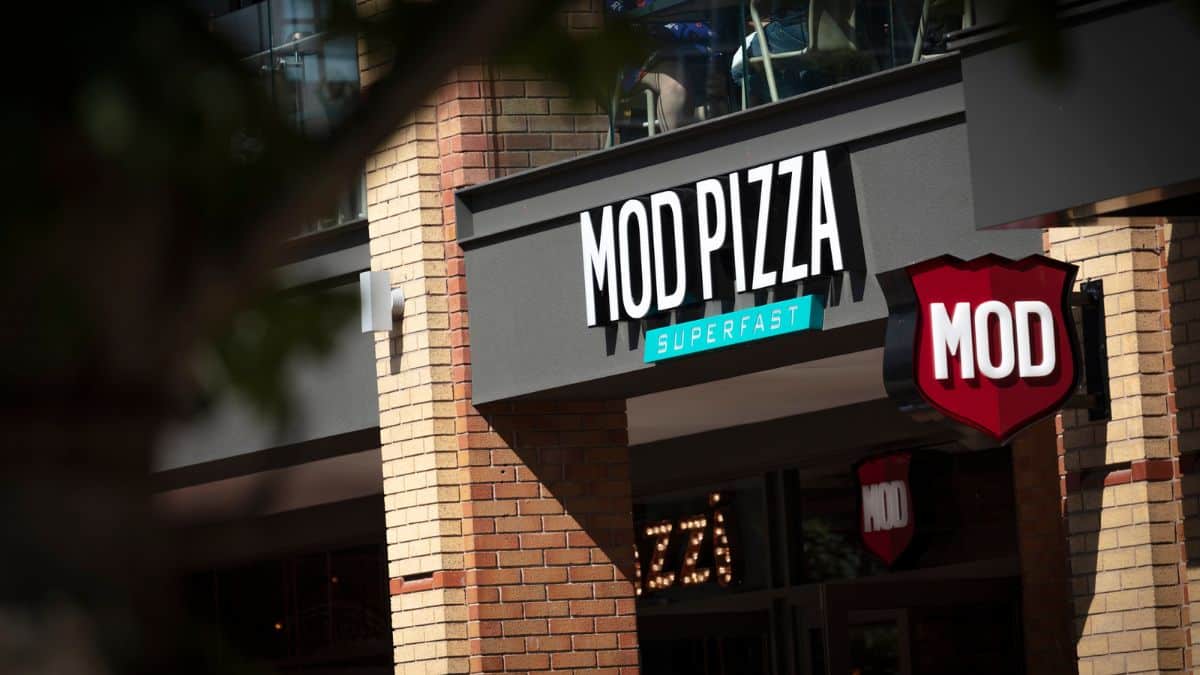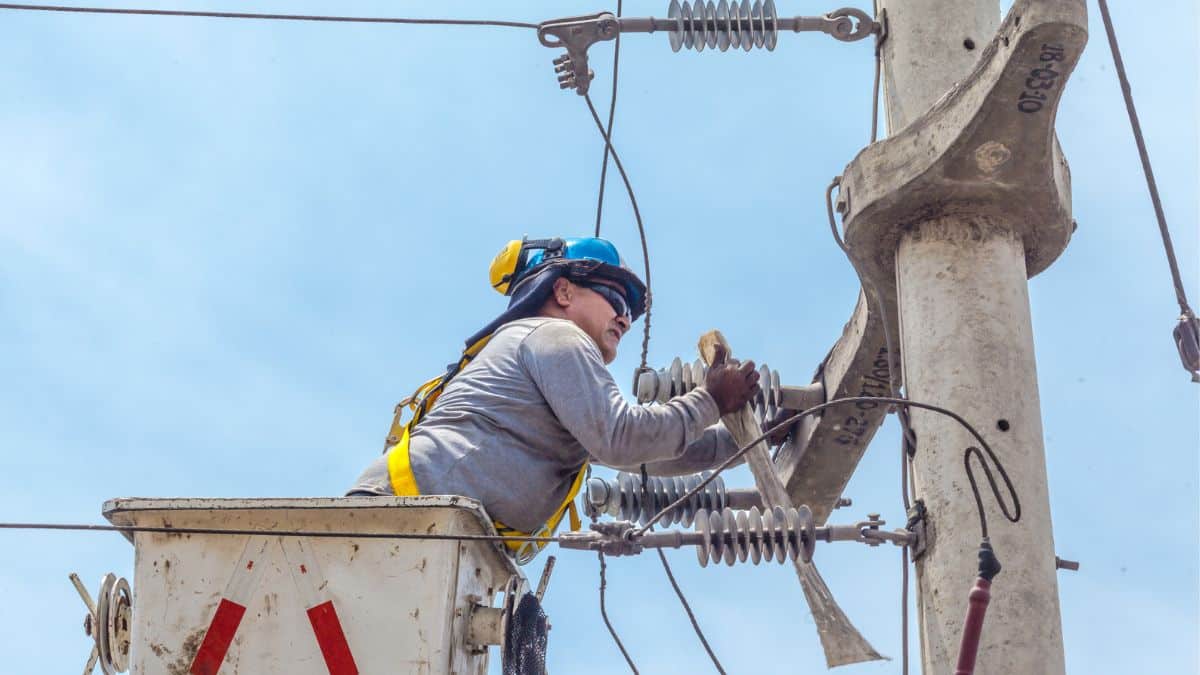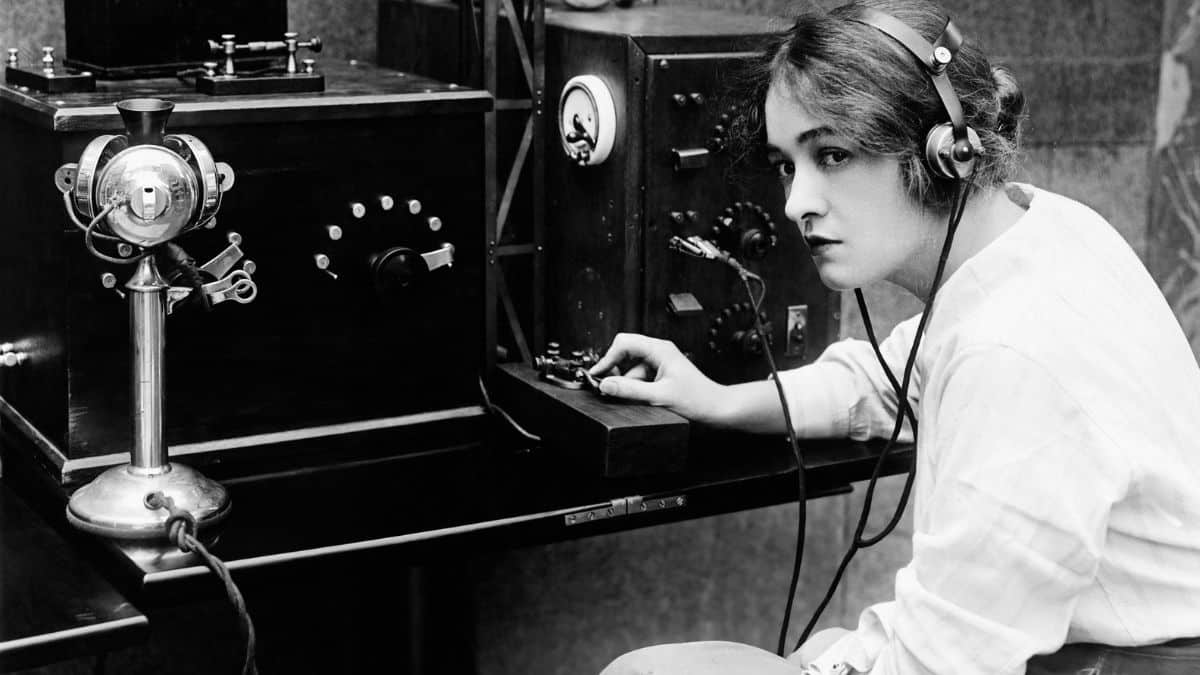Car buyers often assume a vehicle’s safety rating is a primary factor in their purchase decision. However, reality paints a different picture.
Despite the critical importance of crash test results, many popular cars on the road today have failed these tests, putting drivers and passengers at risk.
In this article, we’ll explore 15 cars that failed crash tests but remain popular choices. We’ll examine why they are still so popular as well as the factors that lead consumers to ignore these important safety ratings.
1. Chevrolet Malibu

Rated Poor in the side test, the Malibu struggled to protect occupants from side impacts. This test simulates another vehicle hitting the car’s side, showing that the Malibu didn’t offer enough protection. Despite this, its sleek design and affordable price keep it popular.
2. Subaru Forester
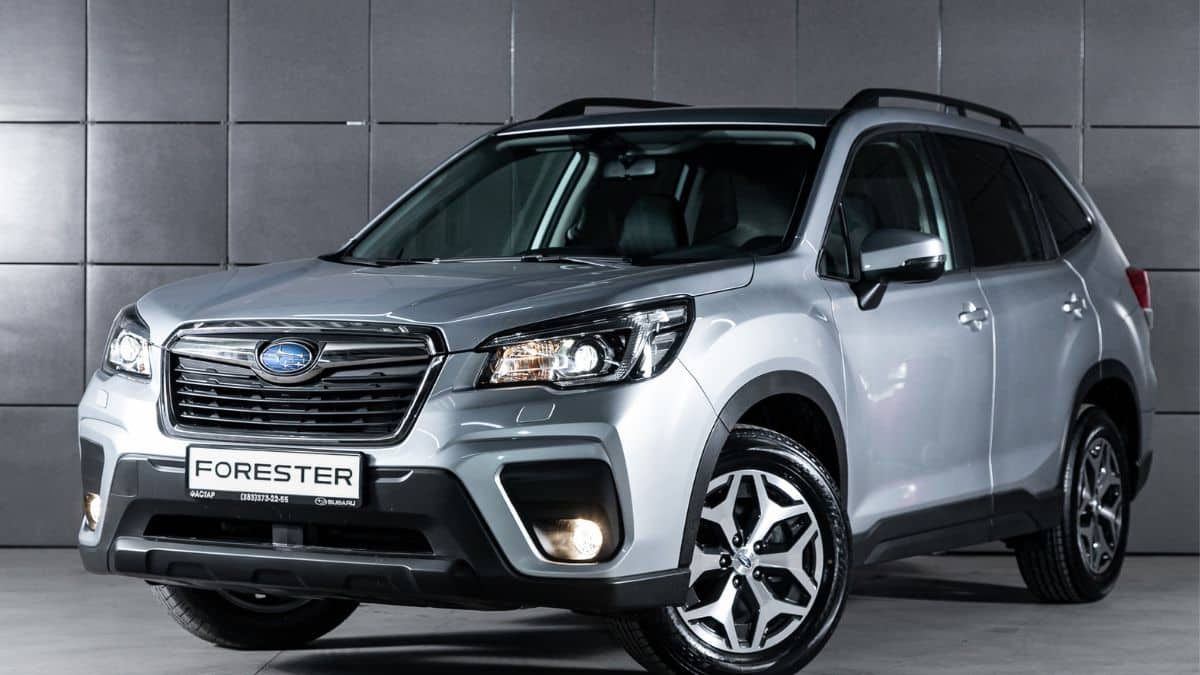
The Forester got a Marginal rating in the moderate front overlap test. When the front end of the car collides with another car or object, this test determines how safe the vehicle is. Although it didn’t perform perfectly, the Forester’s reliability and all-wheel-drive system make it a favorite.
3. Chevrolet Equinox
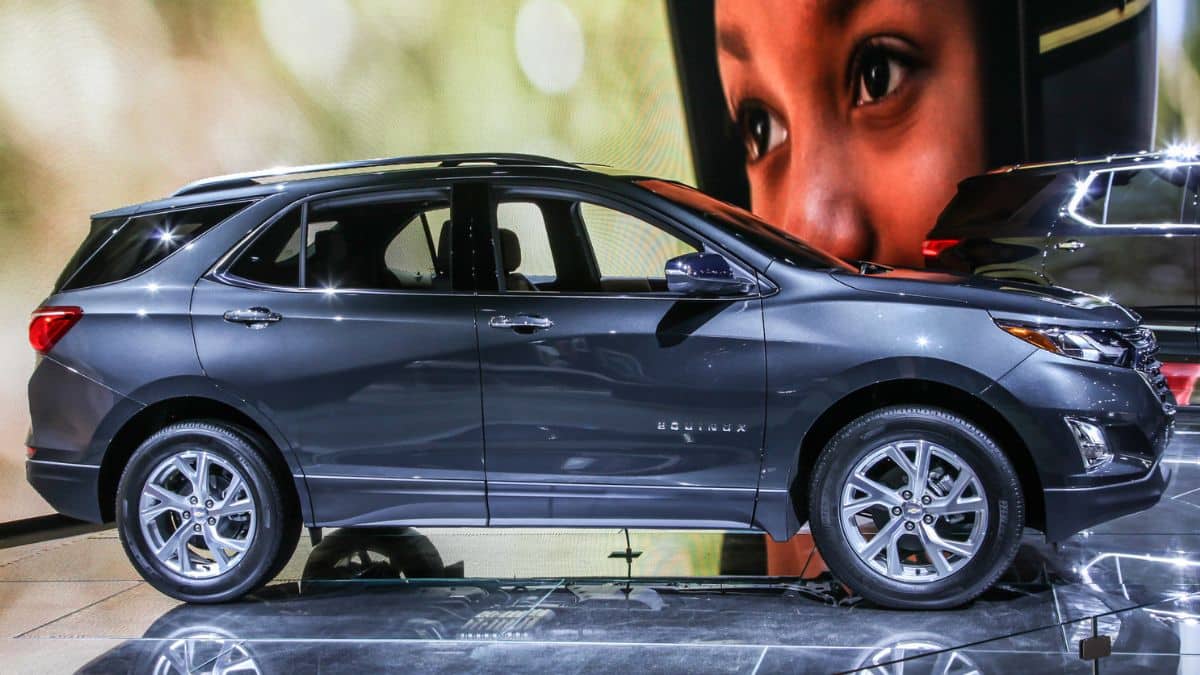
The Equinox rated Poor in the moderate overlap and Marginal in the side test. These tests show it has safety concerns in different crash scenarios. However, its attractive design, comfortable ride, and tech features make it popular with families.
4. Chevrolet Silverado 1500 Crew Cab
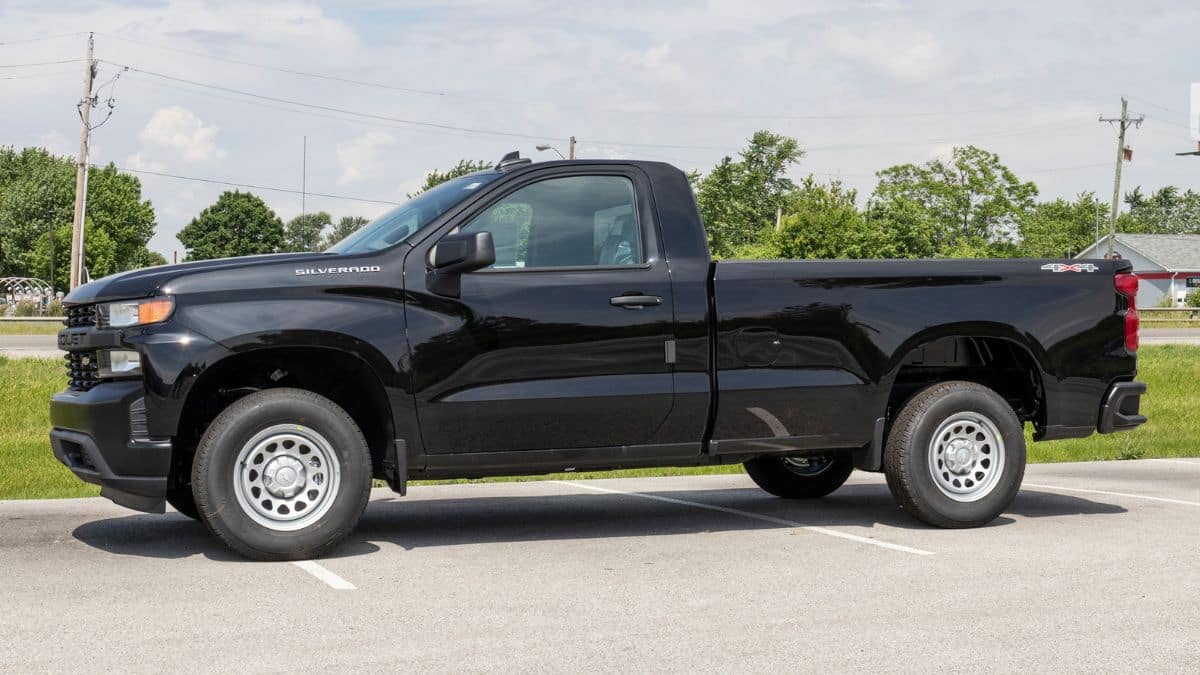
With a Marginal rating in the small overlap test, the Silverado didn’t perform well in front-corner collisions. Yet, its powerful performance and towing capacity make it a top choice for truck enthusiasts.
5. Chevrolet Traverse
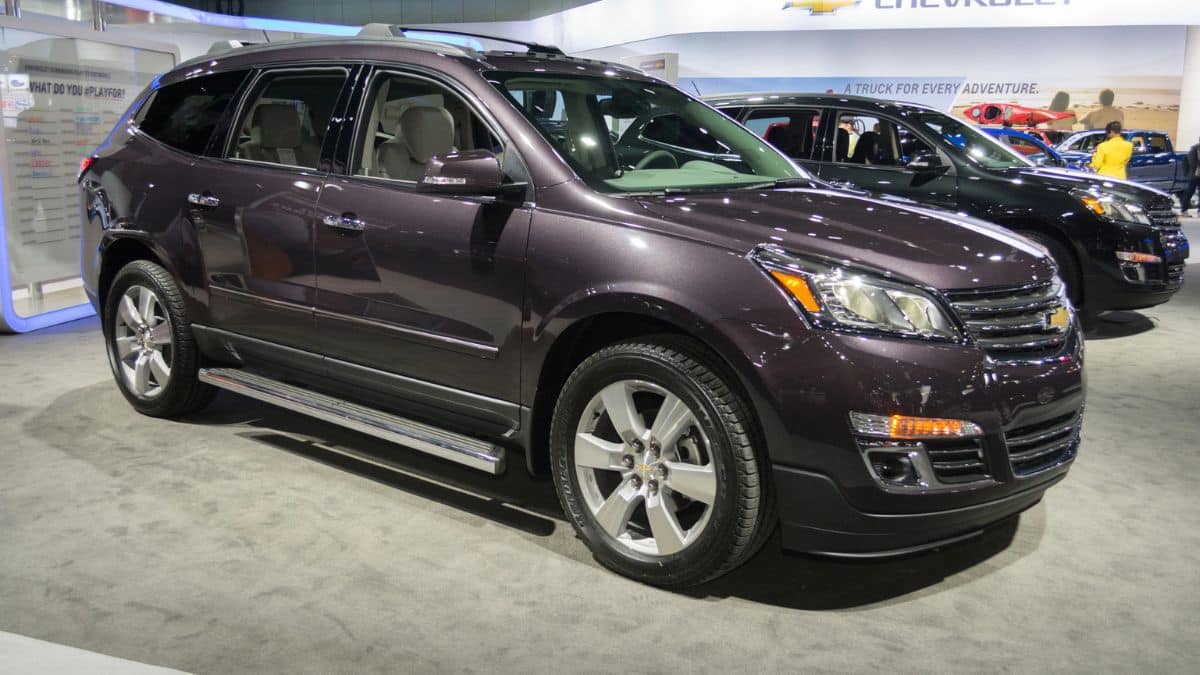
The Traverse received a Marginal rating in the moderate overlap test, which checks safety during partial front-end collisions. Its roomy third-row seating and advanced infotainment system still attract buyers who need space and tech features.
6. Ford Escape
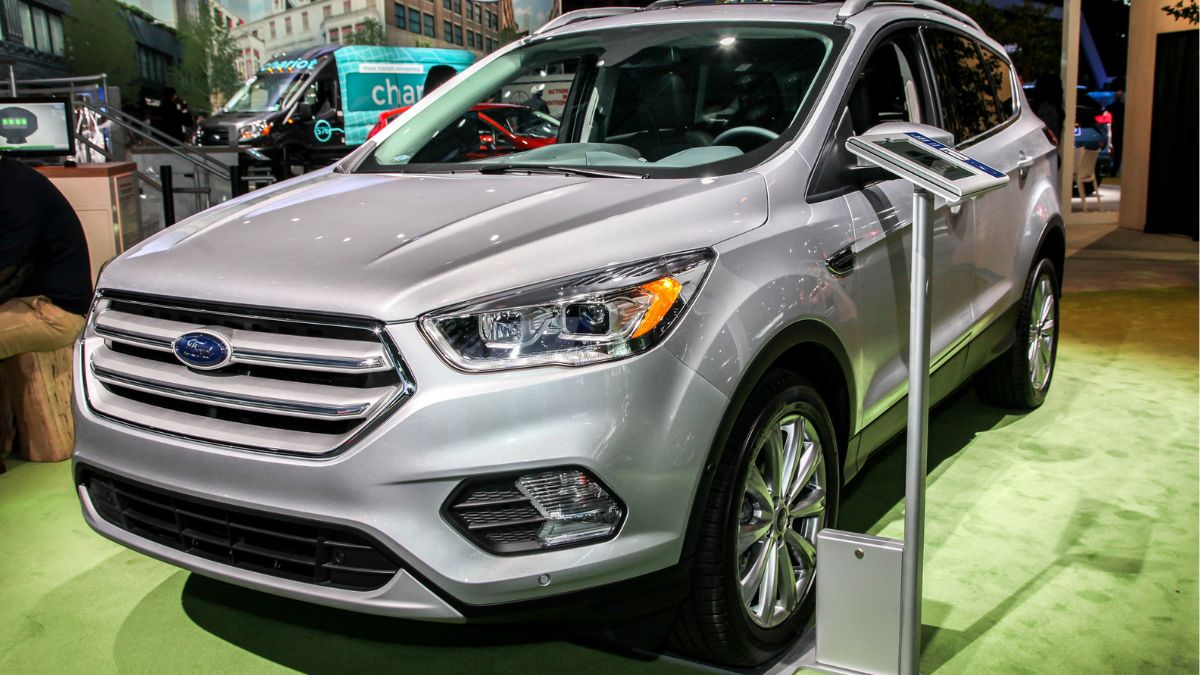
The Escape got a Marginal rating in the side test, indicating less-than-ideal protection in side impacts. Its agile handling and good fuel economy make it a practical choice for city drivers.
7. GMC Sierra 1500 Crew Cab
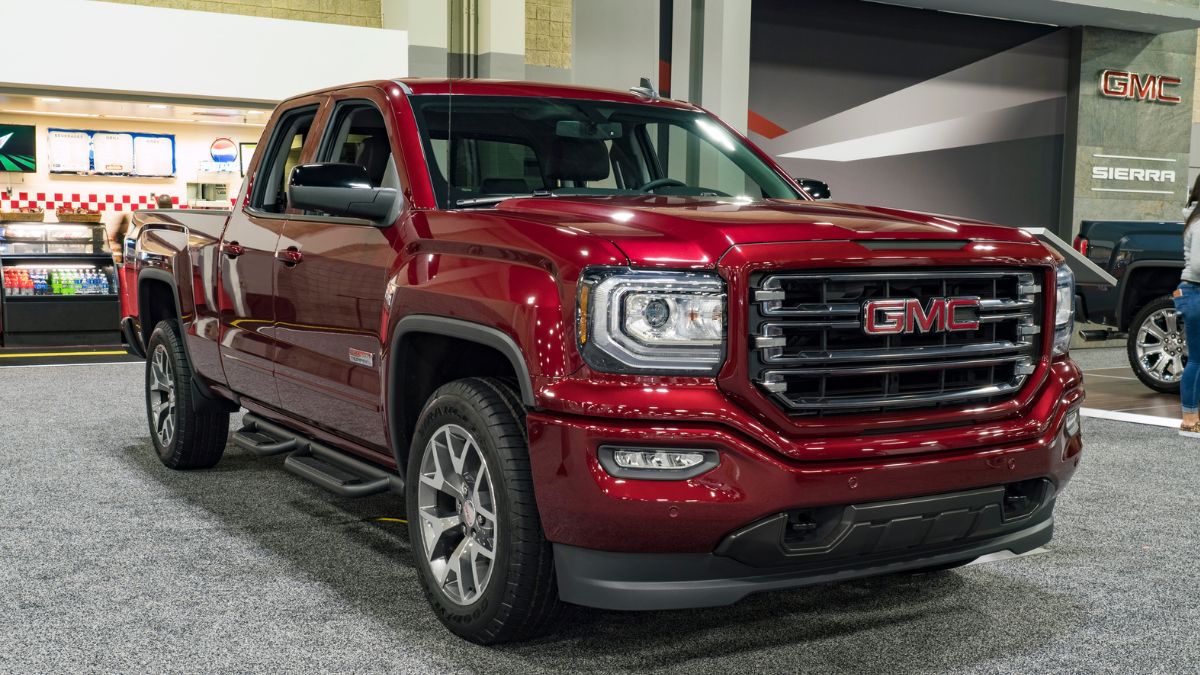
Rated Marginal in the small overlap test, the Sierra struggled in front-corner collisions. Despite this, its robust build and luxury options make it a popular pick for those needing a reliable and capable truck.
8. Honda Pilot

The Pilot received a marginal score on the side-impact test, showing weaknesses in side-impact protection. Families still love it for its spacious cabin and smooth ride, often valuing comfort and reliability over crash test results.
9. Hyundai Palisade

The Palisade performed poorly in the moderate overlap test, showing inadequate protection in partial front-end collisions. Its spacious interior and modern features keep it attractive for large families despite the safety concerns.
10. Jeep Grand Cherokee

Poor in the moderate overlap test, the Grand Cherokee didn’t offer enough protection in front-end collisions. However, its off-road capability and rugged design make it a favorite among adventure enthusiasts.
11. Jeep Renegade
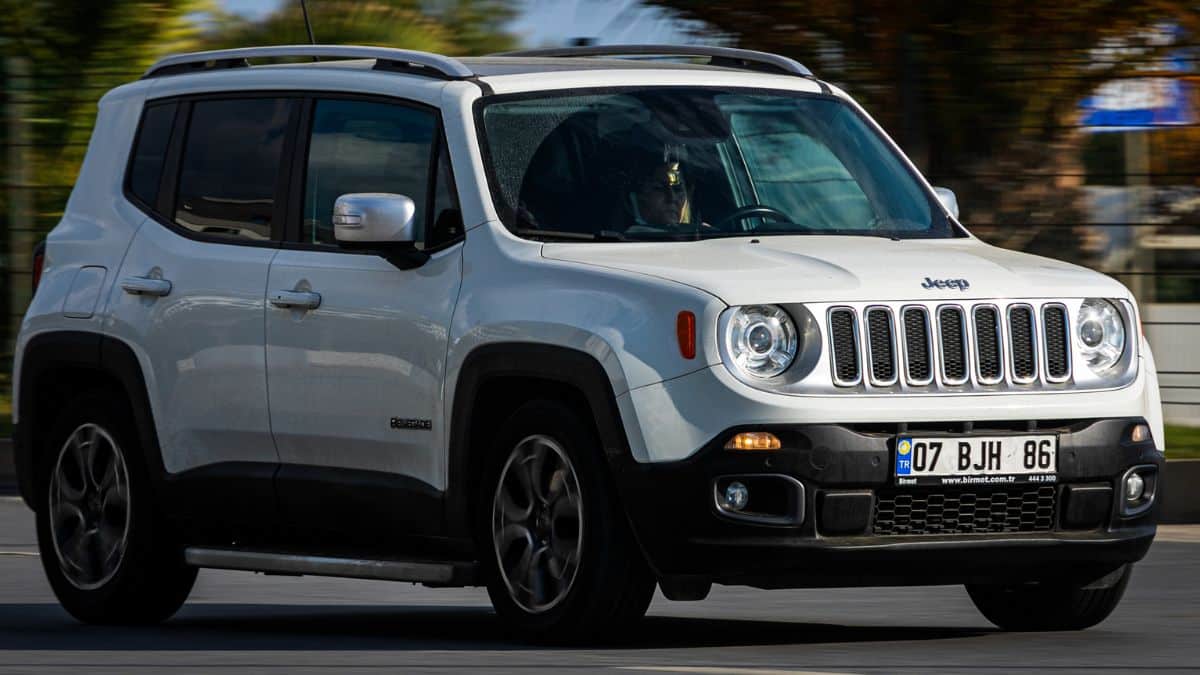
In the side test, the Renegade received a Marginal score and a Poor score in the moderate overlap. Significant safety concerns are highlighted by these results. Nevertheless, urbanites and younger drivers find its small size and distinctive style appealing.
12. Kia Forte

The Forte performed poorly in the side impact test, indicating inadequate side collision protection. Despite this, its affordability and fuel efficiency make it a popular choice for budget-conscious buyers.
13. Mazda CX-9
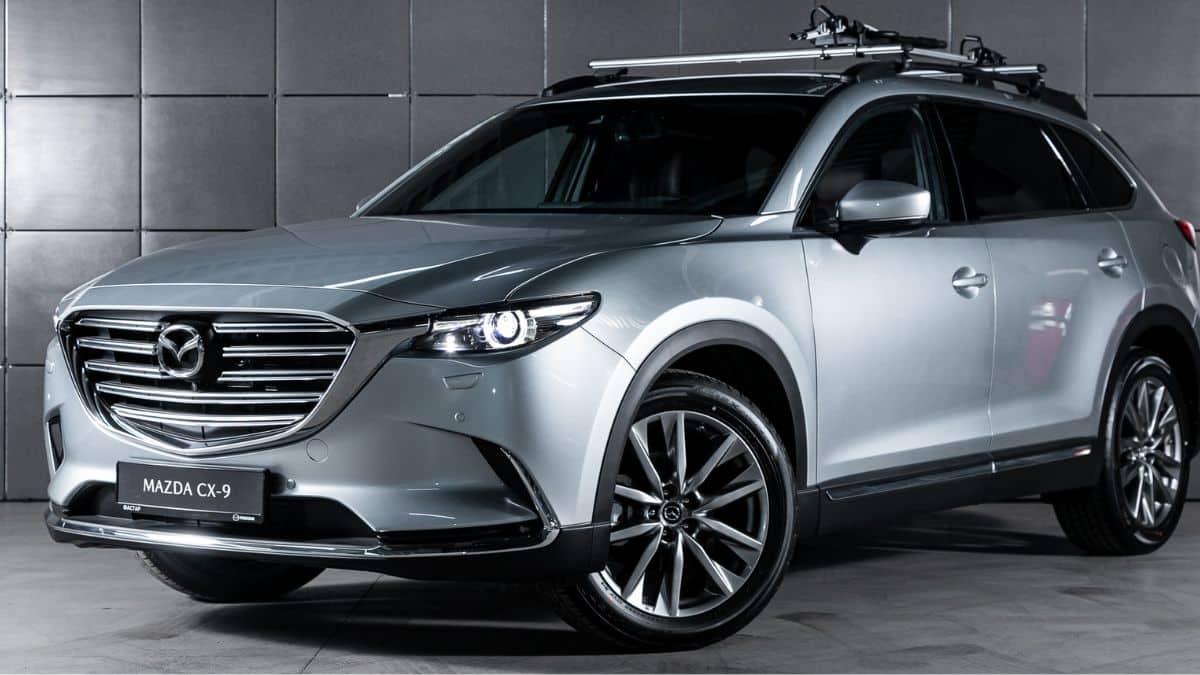
Rated Poor in the moderate overlap test, the CX-9 didn’t perform well in partial front-end collisions. Its stylish design and sporty handling continue to attract buyers looking for a dynamic driving experience.
14. Nissan Altima

The Altima received a Poor rating in the side impact test, showing weaknesses in side collision protection. Still a favorite midsize car, it boasts cutting-edge tech features and a comfortable ride.
15. Toyota Highlander
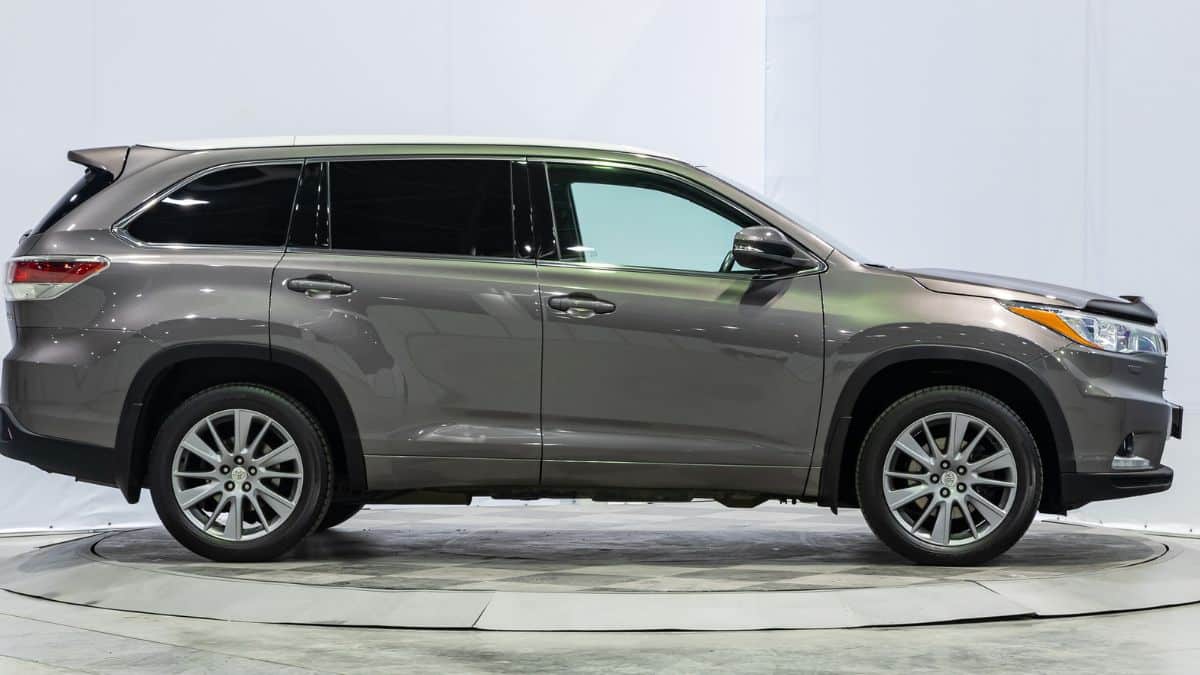
With a modest overlap rating, the Highlander showed moderate protection in front-end collisions. Its reliability and family-friendly features keep it in demand despite its safety rating.
Despite poor performance in crash tests, why do some cars remain popular?
Certain cars that do badly in crash tests are nevertheless well-liked by buyers for a few reasons:
1. Affordability. Many of these cars are inexpensive, attracting budget-conscious buyers. Cost often takes precedence over crash test ratings for these consumers.
2. Lack of Awareness. Some buyers may not fully grasp the implications of poor crash test ratings. Educating consumers about the importance of vehicle safety could shift their purchasing habits.
3. Limited Options. In certain markets, there may be a scarcity of affordable and safe vehicle choices. This lack of alternatives forces consumers to opt for poorly-rated models.
4. Brand Loyalty. Consumers often stick with brands they trust, even if specific models perform poorly in crash tests. A strong brand reputation can overshadow safety concerns.
source https://eyecatchingconfidence.com/15-cars-that-flop-in-crash-tests-but-excel-in-sales/

